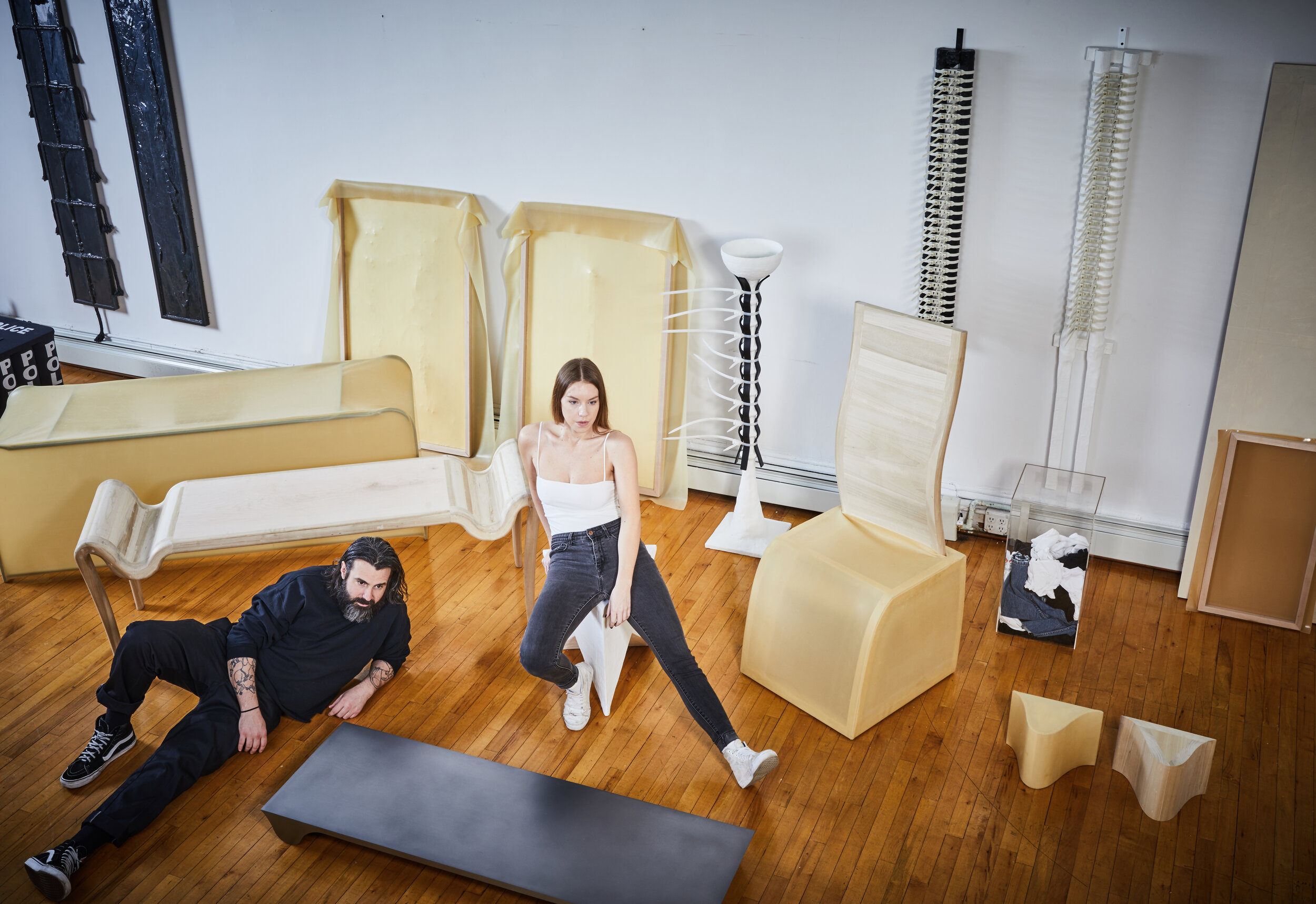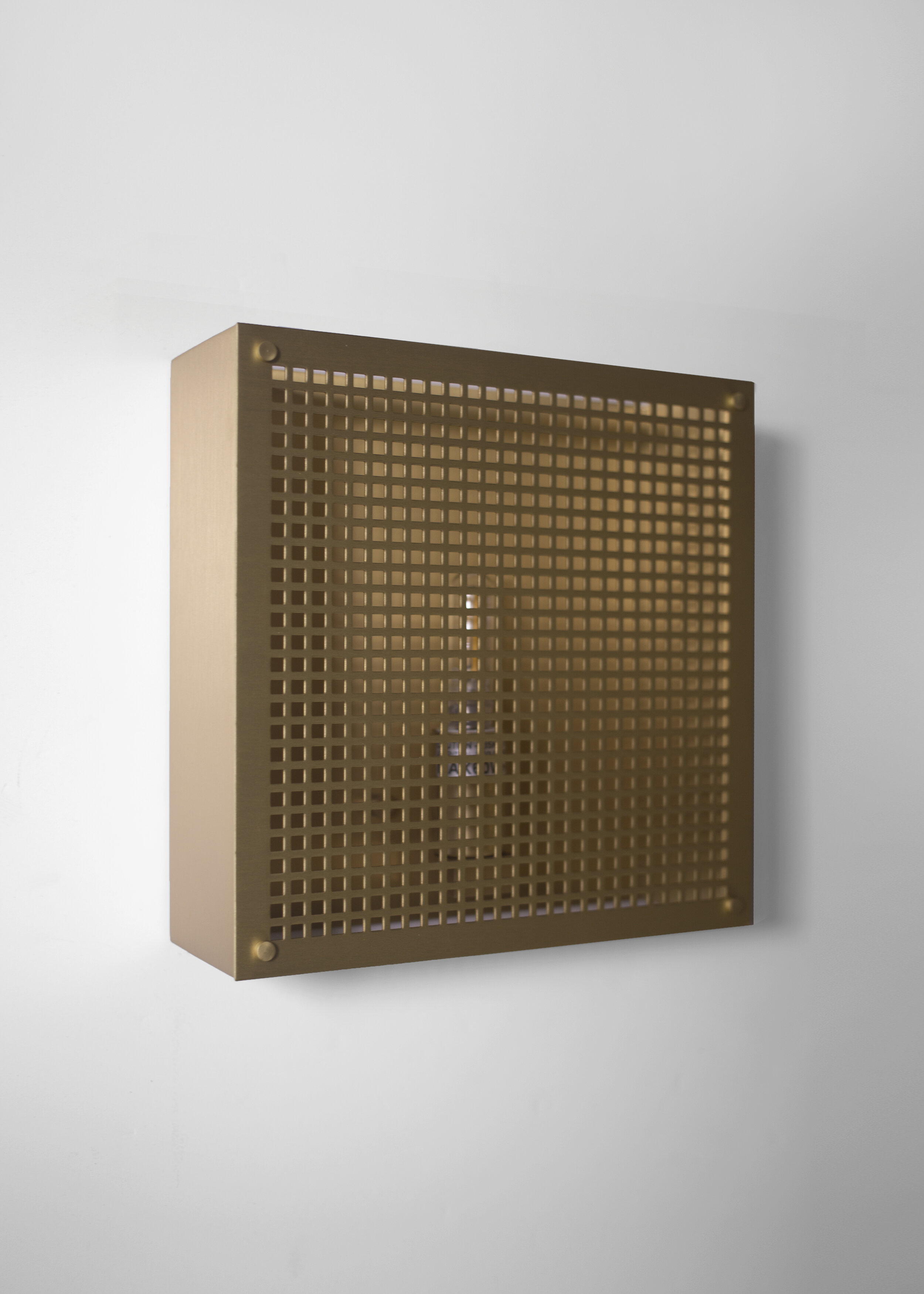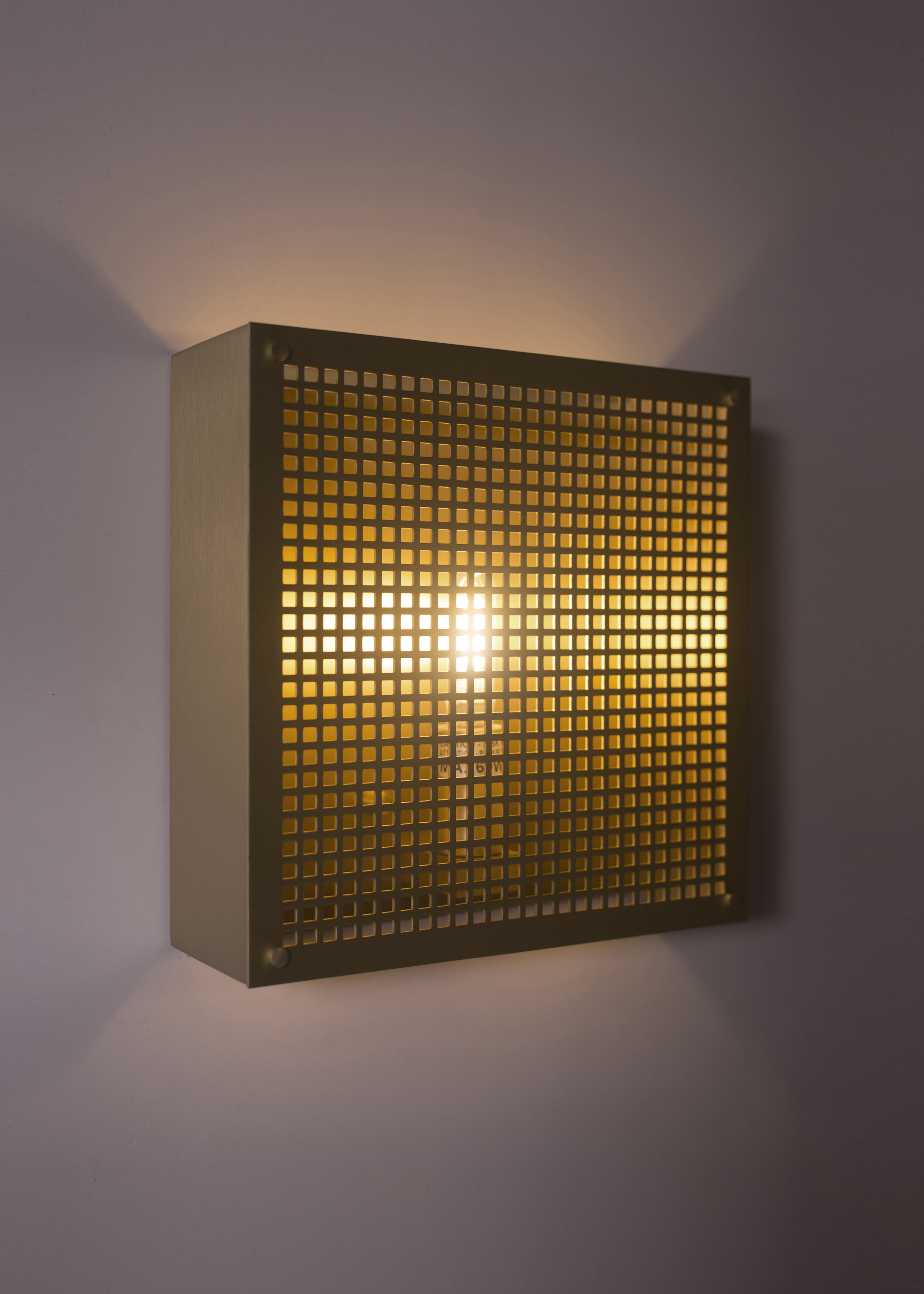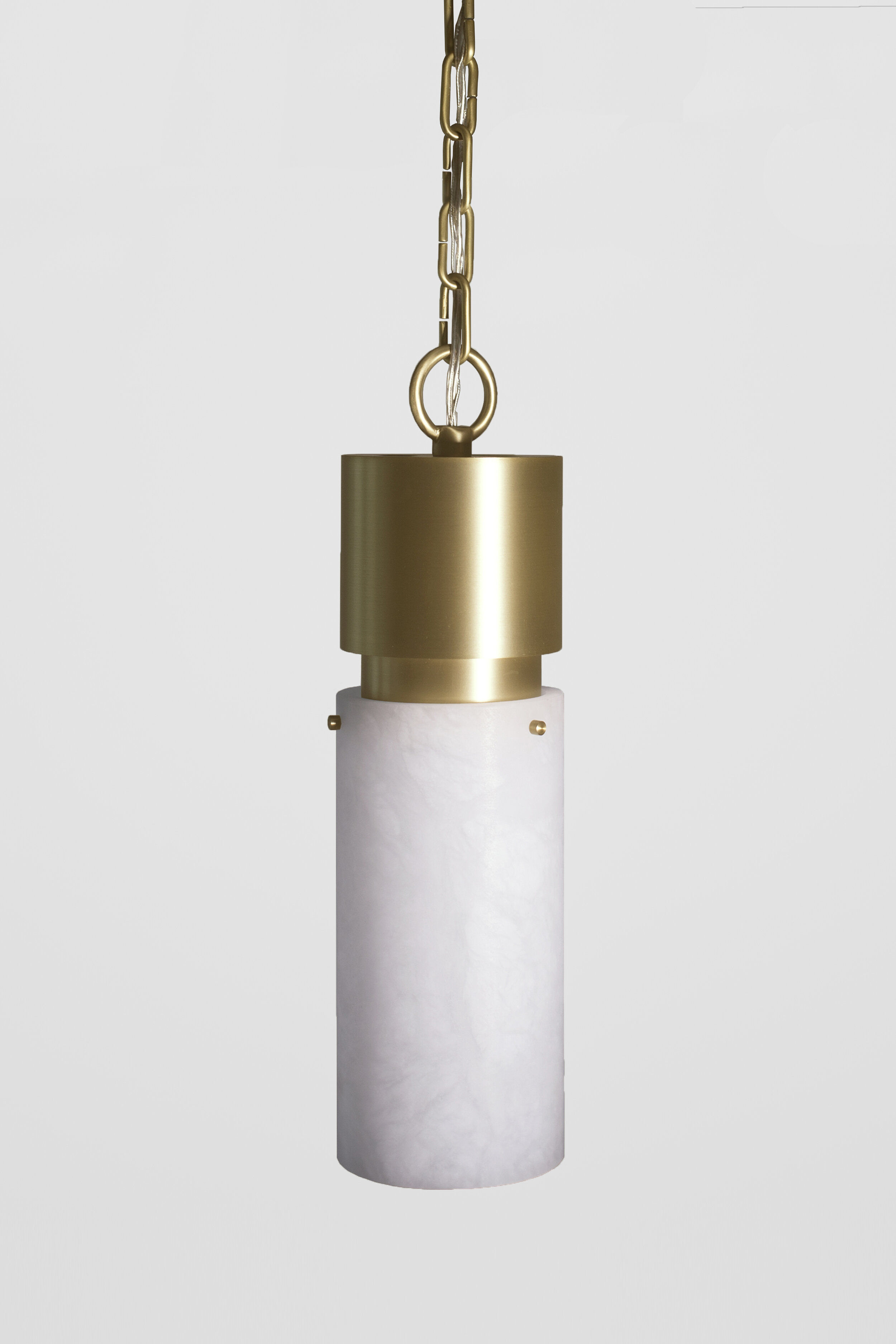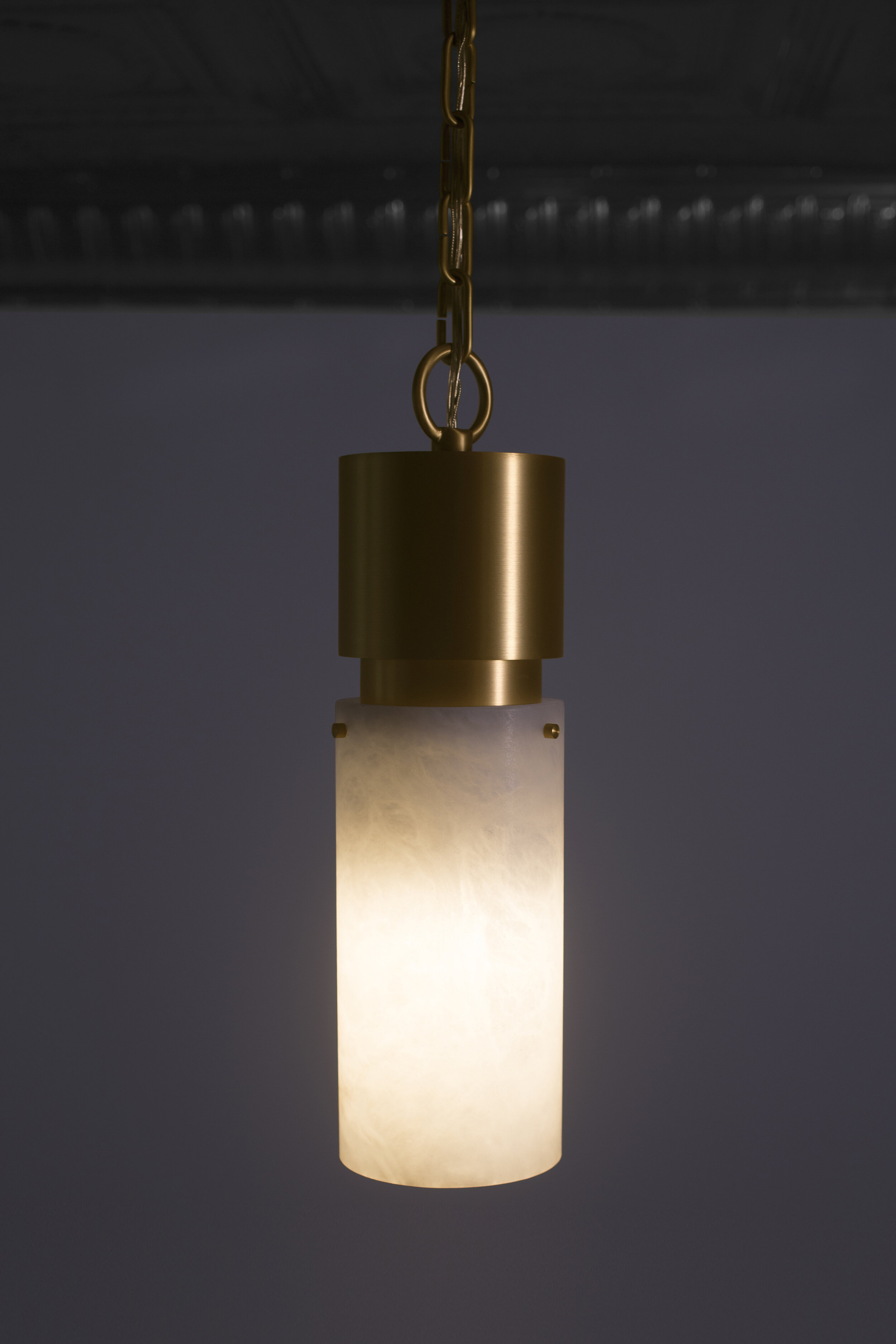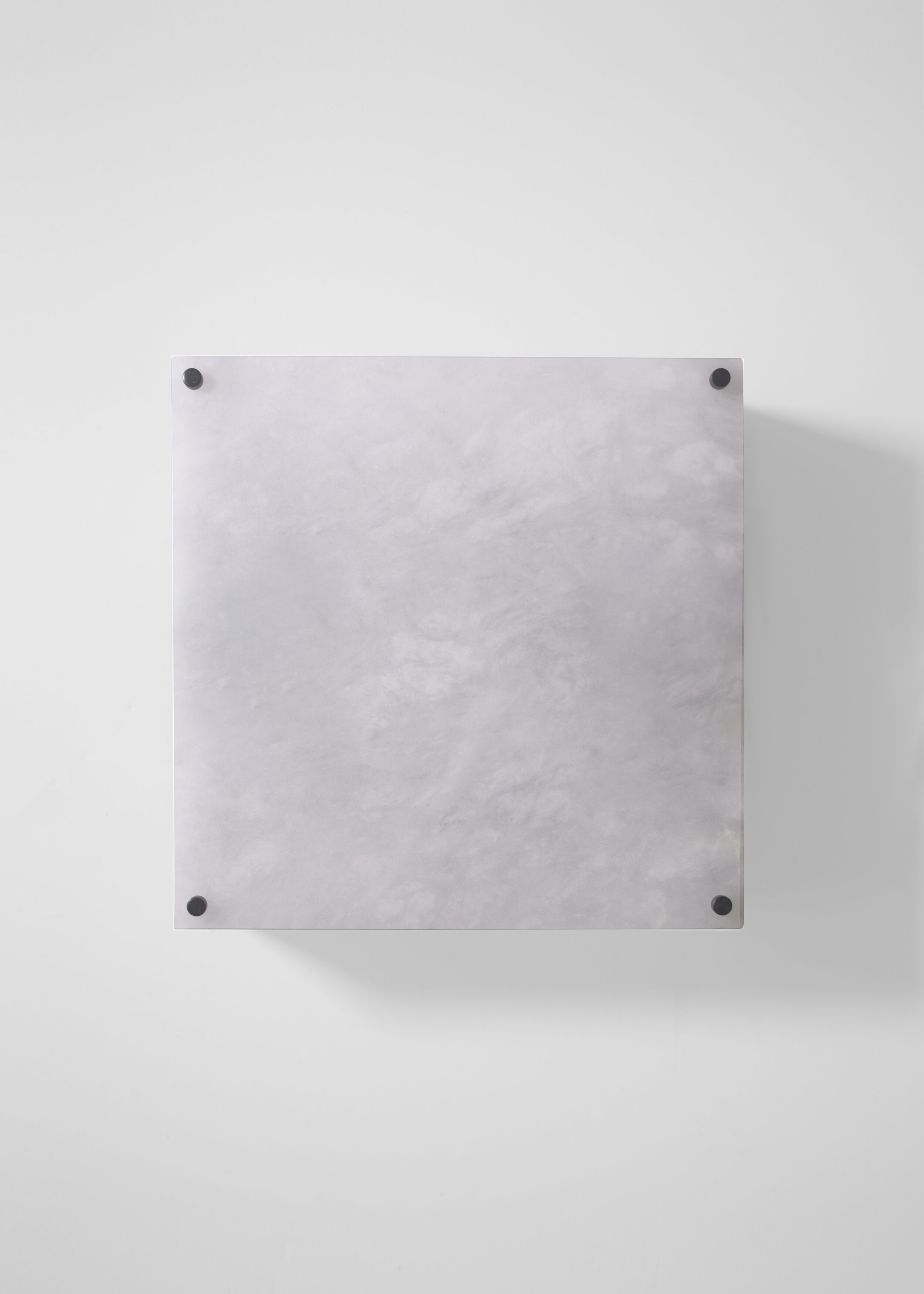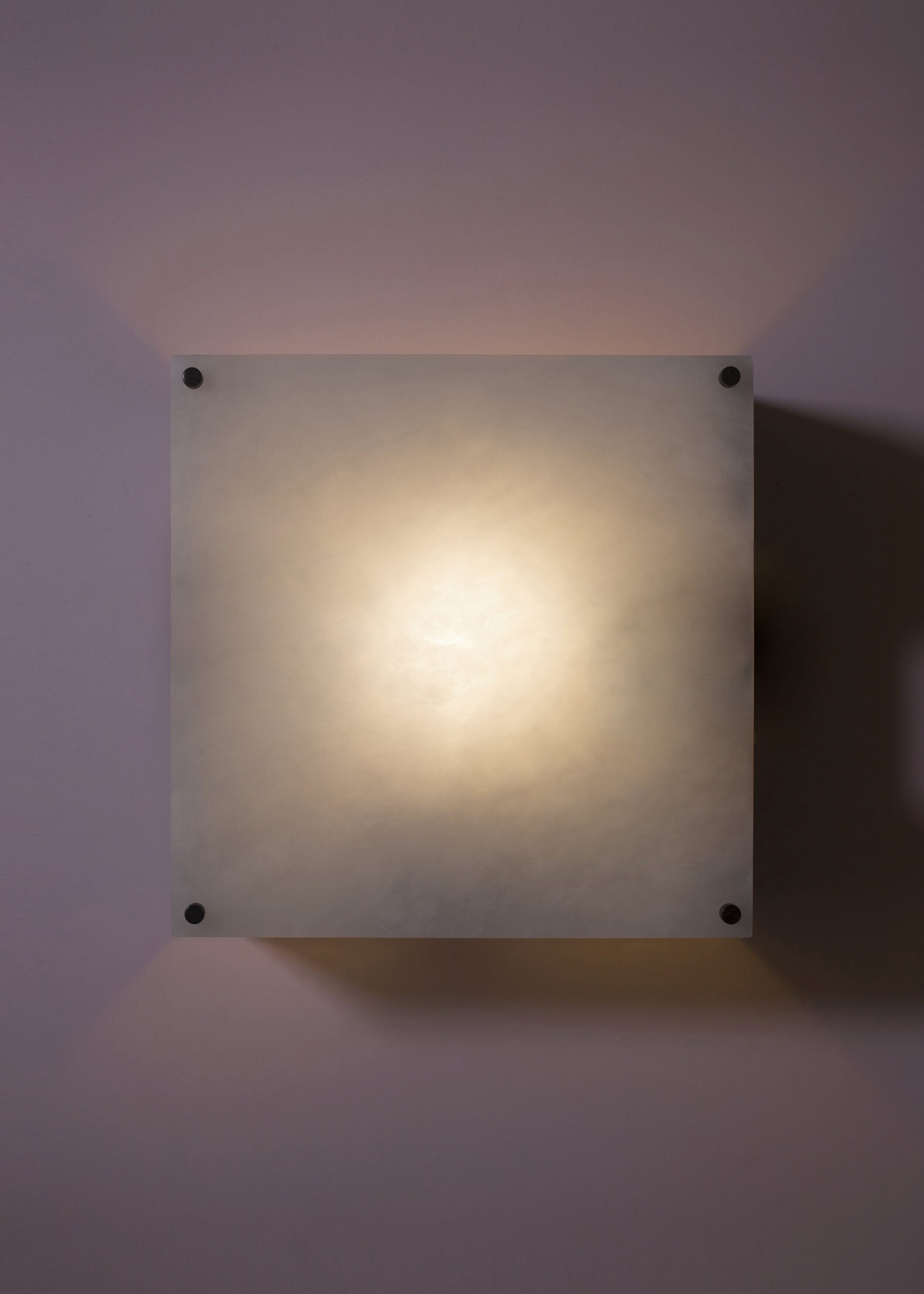Orphan Work Merges Italian Design Principles With the Dark Edge of “Material Lust”
Photo by Evan Miller
Since first meeting at Parson’s School of Design, artists Christian Lopez Swafford and Lauren Larson have been making a name for themselves as the self-proclaimed “dark horse disciples of art and design,” otherwise known as Material Lust. Over time, Material Lust has given rise to a second line known as Orphan Work. Composed of sconces, lamps, pendant lights and other objets d’art that didn’t necessarily fit into the Material Lust aesthetic, the collection merges Material Lust’s boldness and sculpturality with an ethereal, high glamour edge. We recently caught up with the duo to discuss Orphan Work, including their inspirations, their decision to hand-produce in Florence, Italy, and how they make it all work as both a couple and creative partners.
Where does the name Orphan Work come from?
An “Orphan Work” is the official term for a copyright protected work that has lost its owner. Either by missing contact information or by unrecorded death of the owner. We have made all these designs over the years that never had a “home” with our other brand Material Lust, so Orphan Work was a fitting name.
How do Orphan Work’s principles differ from Material Lust’s?
Material Lust and Orphan Work have two different sets of principals. Material Lust is more of an art driven project that focuses on one offs, experimentation and critique. Orphan Work is a celebration of design, proportion, materials, quality and the master artisans that hand make each piece.
How does the ethos of Material Lust influence Orphan Work?
With Material Lust, we can be freer in the use of materials. A lot of that knowledge and experimentation bleeds into the design of Orphan Work.
What’s it like to work professionally as a couple? How do you delegate design work and make decisions as a team?
The work version of yourself is very different from the relationship version of yourself. It took us years to figure out how to work with each other in an efficient way. We used to get very discouraged where there would be conflict, but then we realized that conflict was a part of our process. We don’t like to set roles for each other.
How long does it take to produce your average Orphan Work piece?
The process takes 8-10 weeks. We like to give our artisans in Italy the time they need to make things perfect.
Why do you like working with brushed metals and alabaster? The seem to have become main materials for your collection.
The pieces are all made in Florence Italy by artisans who are master craftsman in brass work and alabaster, making it a natural decision. We like to use traditional materials in new and innovative ways.
As you mentioned, your pieces are produced in Italy. How do you vet artisans?
We have a very long relationship working with them. We met them years ago while working on other custom projects for interior designers. All of them have been around for years. Often you have a grandfather, father, and son all working together in these workshops. That factor’s inspiring to our design process.
What principles of Italian design make it impactful, do you think?
There’s a long tradition of high-level craftsmanship in Italian design. The artisans there are all part of a community that works together to get the job done.
Do you draw more influence from designs the past, or do you rely on your contemporaries for inspiration and motivation?
We always draw more influence from the past. The past can teach us more about the future than the present can.
Your latest collection was inspired by a recent trip to Venice Negozio Olivetti di Carlo Scarpa. What do you love about that particular shop?
Carlo Scarpa is one of our biggest influences for Orphan Work. The proportions of his interior spaces are perfect, his use of materials is impeccable, and his sophisticated use of geometry is inspiring.
What is the typical process for installing your sconces?
We’ve designed these pieces to be as easy to install as possible. We use traditional bulb holders instead of integrated LEDs, so that the interior designer and client can pick out the perfect light, color, and intensity. We want the lighting to be as flexible as can be.
What is the key to a properly lit room?
When lighting a room, a proper combination of integrated lighting with decorative lighting is key. Designers can sometimes put too much pressure on a decorative fixture to illuminate a whole room, when built-in lighting can take some of the pressure off.
Do you plan on expanding in different categories?
We’re expanding to furniture design in 2020. Lighting was a natural starting point because we saw a need in the market for beautiful and well-made sconces and ceiling flush mounts.
What’s next for Orphan Work and Material Lust, and do the futures of the brands intertwine?
Material Lust will continue to do art shows and expand in one-off pieces and sculpture. It will continue to go into an art realm. Orphan Work will continue to push forward in design.
Photo by Evan Miller
This feature was originally published on the DECASO Society Pages before the site’s migration to Chairish. Because the Society Pages are no longer available to view, I have added my features to my blog for portfolio purposes. All images have been approved for use by the featured gallery/designer for this particular feature.
